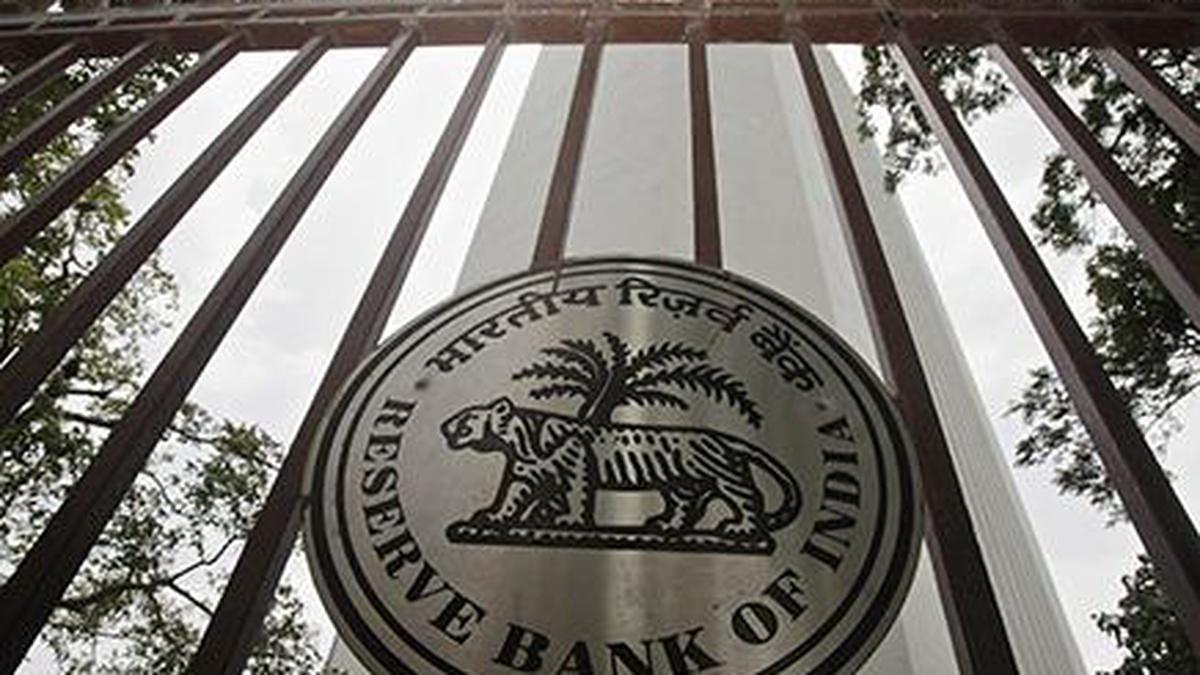RBI’s Credit Information Reporting Framework: Comprehensive Guide for Monthly Credit Data Submission
Introduction
In March 2023, the Reserve Bank of India established a standardized framework for the frequency of credit information reporting to Credit Information Companies (CICs), mandating monthly reporting by Credit Institutions (CIs). This significant regulatory intervention ensures timely, accurate, and comprehensive credit information flow in the financial ecosystem, supporting better credit decision-making while enhancing the financial inclusion landscape.
What is the Credit Information Reporting Framework?
The framework outlines the requirements, timelines, data formats, and compliance obligations for all Credit Institutions to report borrower credit information to authorized Credit Information Companies on a monthly basis. It establishes standardized procedures for regular data submission, ensuring the credit information ecosystem remains current and comprehensive while supporting the credit assessment needs of the financial system.
Why is Monthly Credit Information Reporting Required?
- Ensures timely availability of credit information for lending decisions
- Reduces information asymmetry in the credit ecosystem
- Improves credit risk assessment accuracy for lenders
- Enables better financial inclusion through comprehensive credit histories
- Facilitates effective credit monitoring and early warning systems
Key Requirements of the Credit Information Reporting Framework
Reporting Frequency and Timeline
- Mandatory monthly reporting requirement
- Reporting timeline specifications (within 7 days of month-end)
- Historical data rectification requirements
- New customer reporting timelines
- Special reporting triggers and requirements
Data Coverage Requirements
- Comprehensive credit facility reporting
- All borrower categories inclusion
- Full borrower profile reporting
- Co-borrower and guarantor information
- Non-performing asset status reporting
Data Quality Standards
- Accuracy requirements and verification
- Completeness criteria and validation
- Consistency across reporting cycles
- Uniqueness of borrower identification
- Timeliness of reporting adherence
Technical Integration
- API-based reporting requirements
- Batch processing specifications
- Data format standardization
- Encryption and security protocols
- Error handling and exception management
Compliance Monitoring
- Internal control requirements
- Audit verification mechanisms
- Compliance certification process
- Exception reporting guidelines
- Regulatory reporting obligations
Applicability Across Credit Institutions
Scheduled Commercial Banks
- Full-scope implementation requirements
- Corporate and retail credit reporting
- Special asset category reporting
- Off-balance sheet exposure reporting
- Non-fund based facility reporting
Non-Banking Financial Companies
- Layer-based implementation requirements
- Specialized lending sector reporting
- Product-specific reporting guidelines
- Customer segment reporting specifications
- Digital lending data reporting
Housing Finance Companies
- Mortgage loan reporting requirements
- Construction-linked loan status updates
- Property information reporting
- Security value update frequency
- Housing loan specific parameters
Microfinance Institutions
- Group loan reporting guidelines
- Individual microfinance loan reporting
- Joint liability group information
- Center meeting attendance reporting
- Progressive loan history reporting
Other Credit Providers
- Cooperative bank reporting standards
- Small finance bank reporting requirements
- Fintech lender reporting obligations
- P2P lending platform reporting
- Regional rural bank reporting specifics
Implementation Requirements
System Modifications
- Core banking system integration
- Loan management system updates
- Customer information database alignment
- CIC connector implementation
- Automated reporting workflow
Data Mapping and Transformation
- Field mapping requirements
- Data transformation rules
- Default value handling
- Special character management
- Date format standardization
Control Framework
- Pre-submission validation checks
- Data quality verification routines
- Exception handling procedures
- Audit trail requirements
- Error correction mechanisms
Staff Training
- Credit officer awareness programs
- Operations staff training
- Technical team capability building
- Compliance staff education
- Customer service representative briefing
Specific Reporting Elements
Individual Borrower Reporting
- Customer identification standards
- Demographic information requirements
- Contact information update frequency
- Identification document reporting
- Employment information reporting
Business Borrower Reporting
- Business identification requirements
- Entity type classification
- Ownership structure reporting
- Business size categorization
- Industry classification reporting
Credit Facility Reporting
- Facility type classification
- Sanctioned amount reporting
- Outstanding balance updates
- Repayment pattern information
- Overdue status reporting
Repayment Performance
- Days past due reporting
- Special mention account classification
- Restructuring information reporting
- Settlement arrangement reporting
- Written-off status reporting
Security and Collateral
- Collateral type classification
- Collateral value reporting
- Security perfection status
- Collateral verification information
- Insurance coverage reporting
Business Impact and Management
Credit Decision Process
- Real-time information availability
- Reduced turnaround time benefits
- Enhanced risk assessment capability
- Portfolio quality improvement
- Fraud prevention enhancement
Customer Experience
- Loan approval efficiency improvement
- Credit history building benefits
- Borrower education requirements
- Dispute resolution process
- Consent mechanism implementation
Operational Considerations
- Resource allocation requirements
- Process streamlining opportunities
- Automation benefits realization
- Quality control enhancement
- Compliance burden management
Cost Implications
- Technology investment requirements
- CIC membership fee management
- System maintenance costs
- Training and awareness expenses
- Control framework implementation costs
Challenges and Mitigation Strategies
Data Quality Management
- Data cleaning methodologies
- Source system enhancement
- Master data management approach
- Data governance framework
- Quality metrics and monitoring
Legacy System Integration
- Middleware solutions
- API development approach
- Interim manual processes
- Phased implementation strategy
- Parallel testing methodology
Small Lender Challenges
- Simplified reporting mechanisms
- Shared service models
- Vendor solutions consideration
- Technical assistance options
- Proportionate implementation approaches
Conclusion
The RBI’s framework for monthly credit information reporting represents a significant advancement in India’s credit information ecosystem, ensuring timely and comprehensive data availability for credit decisions. Financial institutions that implement robust systems and processes for accurate and timely reporting will contribute to a more efficient credit market while benefiting from enhanced risk assessment capabilities and portfolio monitoring effectiveness.














